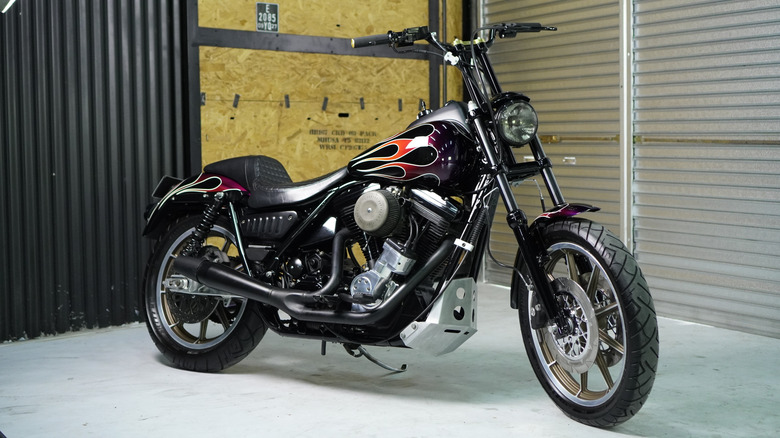What Exactly Is A 'Club Style' Harley-Davidson?
Club style is a term that refers to a specific way of modifying Harley-Davidson motorcycles for better performance and comfort during long rides. The style emerged out of motorcycle club culture in the U.S., which shouldn't be confused with outlaw motorcycle gangs. Riders in these clubs needed bikes that could handle everything from high-speed freeway runs to long-distance touring. Unlike traditional cruisers that often focus on looks or relaxed riding, club-style builds put function first. That means changes to suspension and brakes so the bike feels more responsive and capable under different conditions.
The roots of the style trace back to the post-World War II era, but the real turning point came in the 1980s with the introduction of Harley's FXR. This bike offered a stronger frame and better handling, making it a favorite for riders who wanted more than just raw power. In the 1990s and 2000s, the Dyna had taken over as the preferred platform, known for its customization potential.
Key features of a club-style Harley
A club-style Harley isn't defined by one single part but rather by a collection of upgrades aimed at improving both rideability and performance. Handlebars are often swapped for T-bars or moto-style setups, which give riders a more upright and controlled position. Fairings (usually FXRP-inspired or quarter fairings) are also common. These not only provide some wind protection but also give the bike its aggressive stance. But there are some on the other side of the fence who argue whether riders even need fairings or not.
Suspension upgrades are another signature of the style. Riders often install stiffer shocks and improved forks, which make the motorcycle more stable at high speeds and more capable when cornering. Braking systems also get attention, with bigger rotors and high-performance calipers ensuring better stopping power. On the engine side, many club-style builds feature 2-into-1 exhaust systems, which improve torque and throttle response while adding that sharp, aggressive sound. Comfort isn't ignored either. Step-up seats provide back support for longer rides, and saddlebags add practical storage without ruining the stripped-down look. Together, these upgrades make club-style bikes stand out as performance-oriented cruisers that can handle real-world riding demands.
How club style became popular
While the style was shaped by decades of motorcycle club culture, its jump into mainstream popularity can be traced to a few major influences. One of the biggest was the FXR and Dyna platforms, which offered riders a solid base for customization. These bikes proved that Harleys could be modified into high-performance machines rather than just heavy cruisers. Another big factor was media exposure, including the TV series Sons of Anarchy. The show featured Harleys with many club-style elements, and its popularity brought the look and feel of these builds to a wider audience.
Beyond television, the stunt riding scene also played a role. As these bikes gained visibility online and at events, more riders wanted the same aggressive yet practical setups. Over time, manufacturers took note. Harley's Low Rider ST, with its FXRP-inspired fairing and performance suspension, is essentially a factory-built nod to the style. The result is that what started as a grassroots movement within motorcycle clubs has now become one of the most recognized and influential styles in the cruiser world.


